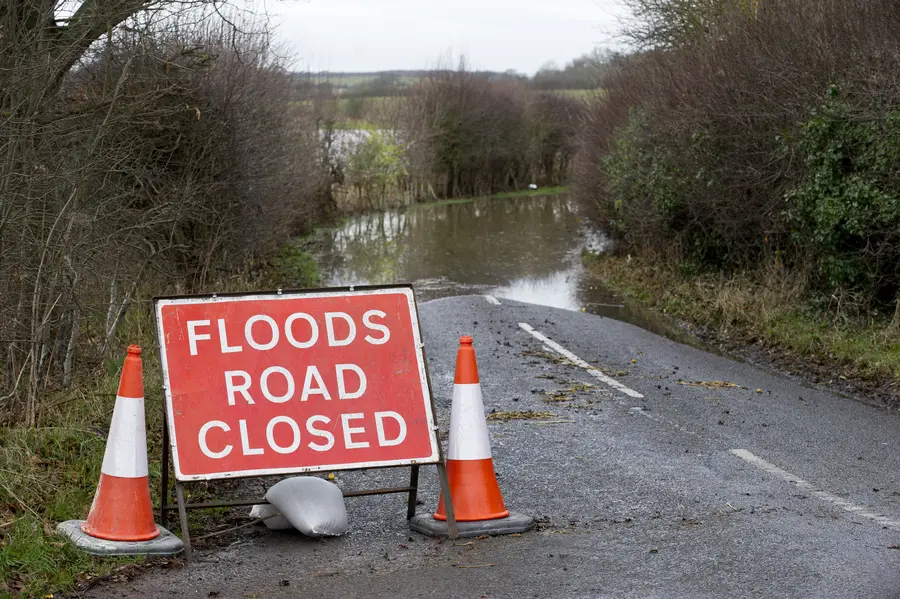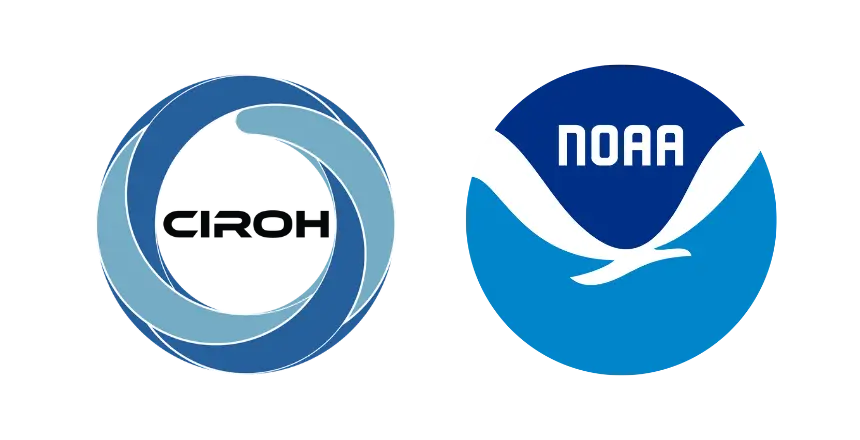
Forthcoming Flood Warning Research
Flooding from torrential rain. Collapsed dams and critically damaged infrastructure. Record-breaking air pollution caused by raging wildfires. Earthquakes that disrupt access to clean water and critical services.
Those events—and more—appeared in headlines during the first week of September alone.
Predicting these types of events is complicated. Even when the forecasts are relatively accurate, the information must be delivered quickly, to the right audience, and with clear action steps.
In other words, recipients require the ability and resources to act.
The Challenges of Weather Communication
Between the scientists responsible for forecasting and the public, there are a variety of audiences who may access the forecasts for multiple reasons, including:
- Wanting to share information with members of communities via their own channels and networks, such as faith-based organizations who communicate with their constituents.
- Using the forecasts to prepare their own organizations for upcoming emergencies, such as hospitals that need to ensure beds are available and staff are prepared to address incoming injuries.
The challenge lies in the first bullet—there are so many information pathways that we don’t know if and how information gets to those who need it with enough time to act. For every road closure, warning, alert, or evacuation order, emergency managers and community leaders must weigh risk versus reward when communicating with the public.
Place yourself in their shoes. How would you:
- Balance the need to provide time-sensitive and potentially life-saving information with the possibility of setting off a false alarm?
- Simplify the complicated model outputs that are difficult to understand—especially in stressful circumstances?
Therein lies the power and value of communication science.
Understanding Factors that Create Effective Messaging
Clear warnings are critical for saving lives. Despite the importance of warnings, several factors can impact who receives the information and whether they act on it.
First, dissemination of forecast information (e.g., social media, sirens, word of mouth) can impact interpretation of messages. People receive information from different sources, and the trust they place in those sources to communicate weather events and their impact can vary.
Official communications are not the only way to reach people; social interactions can also impact planning and responding to emergencies. For example, individuals who recently shared information about energy use or conservation with people they know were more likely to take steps to weatherize their homes.
Second, the presentation format of warning information (e.g., text alert, weather map) can be pivotal for warning interpretation. Forecast data can be easier or more challenging to interpret depending on visual characteristics such as text format, color contrast, and contextual and technical details (e.g., possible hurricane trajectories). These components of presentation can impact attention, risk perception, and potentially action.
Finally, it is also important to account for peoples’ capability and capacity to understand and act upon new information. Certain types of data, including those representing forecast models, can be difficult to understand without training. Further, even if someone understands the warning, they may not have the ability or resources to act.
Recent flood forecasting research suggests more audience testing is necessary to better understand the most effective methods for communicating risk information to inspire and facilitate action.
Understanding the Benefits and Challenges New Products Pose
The National Weather Service is building new flood forecast models and visual displays called “flood inundation maps.” The information these maps provide focus on street-level flood forecasting, and they’ll be accessible to everyone—meteorologists, emergency managers, emergency responders, business owners, and the public.
But this increased visibility and insight into potential danger zones also comes with a drawback. With this being a new tool, it is unknown how easy it will be for people to:
- Understand the information.
- Translate the data into insights.
- Turn insight into action.
Since a range of people may use this technology for weather-related risk communication and action, it is imperative to understand how users receive and share information, user preferences for information source and format, and user technical capabilities. Additional context and interpretation of complex forecast data may be particularly important when data is shared directly with the public.
RTI’s Focus on Flood Modeling and Warning Communication
RTI is already supporting Duke Energy’s flood management decision-making at the local level in North Carolina. Our researchers are also contributing to numerous flood forecasting-related projects through the National Oceanic and Atmospheric Administration (NOAA), specifically its Cooperative Institute for Research to Operations in Hydrology (CIROH). We also have partnered with Duke University to study how residents seek information during disasters such as wildfires.
Our Center for Water Resources (CWR) has extensive expertise in forecasting, hydrologic risk assessment, and climate resilience, and is already having impacts in this flood forecasting space. To complement CWR expertise in flood modeling, communication scientists at RTI have decades of experience generating social science evidence about public understanding of risk and the diffusion of information.
RTI staff use communication research and behavioral science to answer important questions about attention to detailed risk information, the challenges of individual differences in risk information processing, and awareness and rejection of misleading information. We support communication intervention and applied campaign development research, and we apply social science approaches to topics such as homeowner weatherization behavior.
Our new project—Optimizing Flood Warning Information Sharing for Local Stakeholders through Science Communication Research—brings together an interdisciplinary team at RTI. The team includes contributors with expertise in communication research, social science, design thinking, economics, hydrology, and the environment. The RTI team is partnering with researchers at the University of Vermont, who bring experience at the intersection of human and environmental systems, to answer important questions about how certain segments of users find and assimilate information to guide flood response action. Results from this work will have both client- and public-facing implications.
Through this and other projects RTI is working on through CIROH, NOAA stands to gain a deeper understanding of the people using their flood products. The insights gained from this project can help them further refine and improve the process of communicating flood warnings.
This partnership enables RTI to continue upholding its mission of improving the human condition—working to keep people safe during emergency weather and natural disaster events.

Funding for this project was provided by the National Oceanic and Atmospheric Administration (NOAA), awarded to the Cooperative Institute for Research on Hydrology (CIROH) through the NOAA Cooperative Agreement with The University of Alabama, NA22NWS4320003.